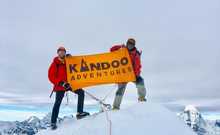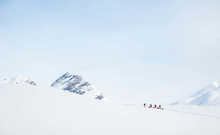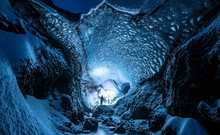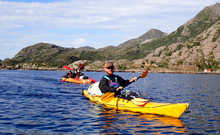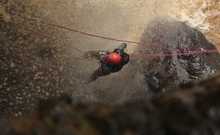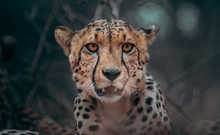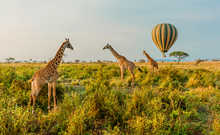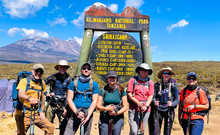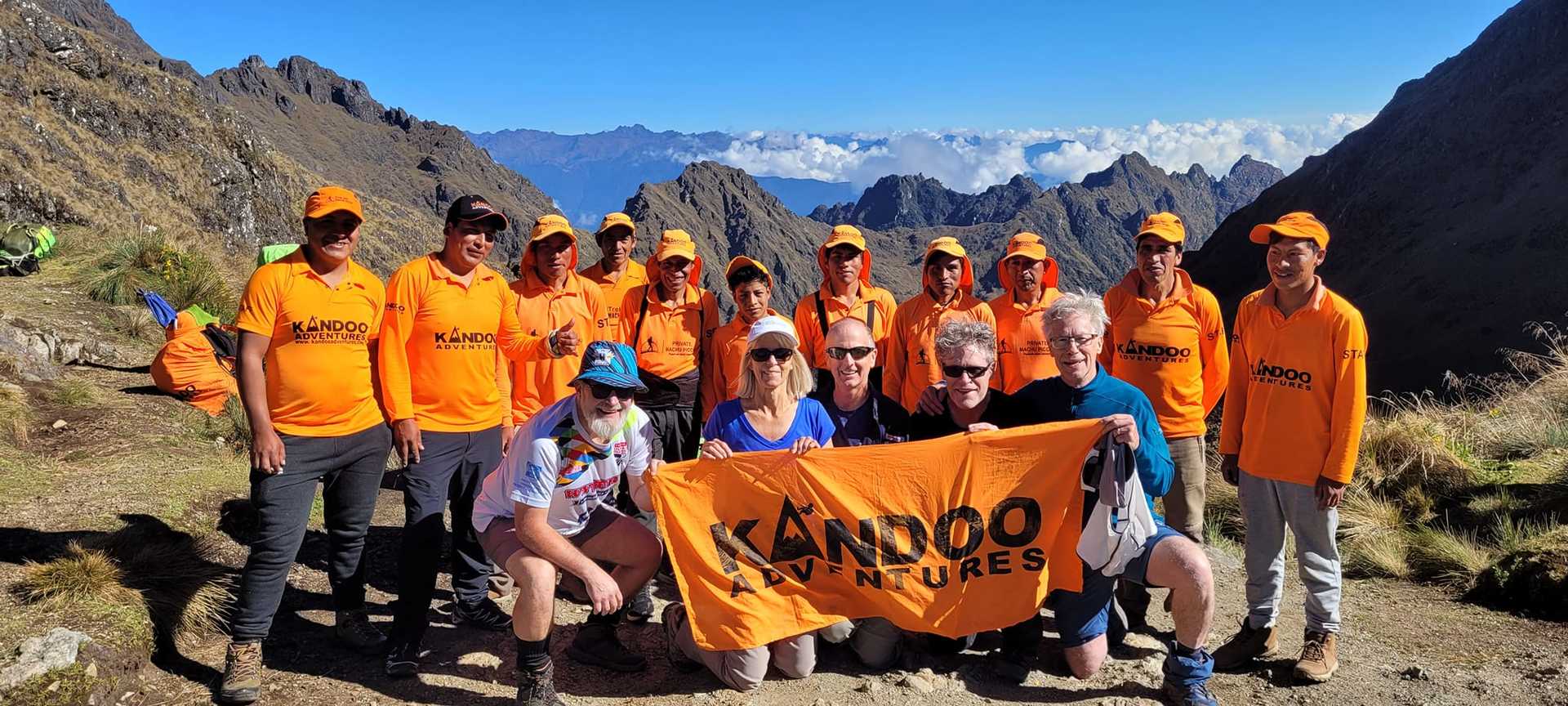Peru FAQs
If you’re heading on a trip to Peru with Kandoo and it’s
your first time visiting this incredible country, it’s expected that you might have
some questions about safety, local customs, visas, travel insurance,
vaccinations and more. Below, we’ve answered some of our most frequently asked
questions to help you prepare for your journey and get you excited about your
upcoming trip.
Before departure
What travel vaccinations do I need for Peru?
Do I need a visa to visit Peru?
Do I need travel insurance for my trip to Peru?
Given the diverse landscapes and activities in Peru,
including trekking in remote areas, having insurance can give you peace of mind
during your travels. It’s always a good idea to review different policies
before your trip and choose one that best fits your needs. Kandoo recommend World
Nomads insurance from personal experience, but you can check out our other trekking
insurance providers in our blog.
What should I pack for a trip to Peru?

Trekking
When is the best time to visit Peru?
How to get to Machu Picchu?
The easiest way to get to Machu Picchu is to get the train
from Cuzco (three and a half hours away) or Ollantaytambo (90 minutes away) to
Aguas Calientes. There are several trains a day and you can get a shuttle bus
from Aguas Calientes to Machu Picchu.
Alternatively, there are a number of spectacular trekking
routes to Machu Picchu including the famous Inca Trail and the Salkantay Trek. We
may be biased, but we believe trekking one of these routes is the absolute best
way to get to Machu Picchu.
You can find out more about the different trekking routes
to Machu Picchu in our blog.
How far in advance should I book my Peru trek?
All our Peru treks have a difficulty rating of 3 out of 5,
which we consider moderately challenging, meaning that you need a good level of
fitness. These kind of treks need preparation, and we would suggest a minimum
of 3-6 months of fitness training to ensure you can keep up with the itinerary.
For this reason, we recommend that our Peru treks ideally need booking at least
6-12 months in advance. There is a limited number of permits issued each
trekking season, so booking as far in advance as possible means you have a
better chance of getting your trip confirmed for the dates you want to visit
Machu Picchu.
What will I carry on my Peru trek?
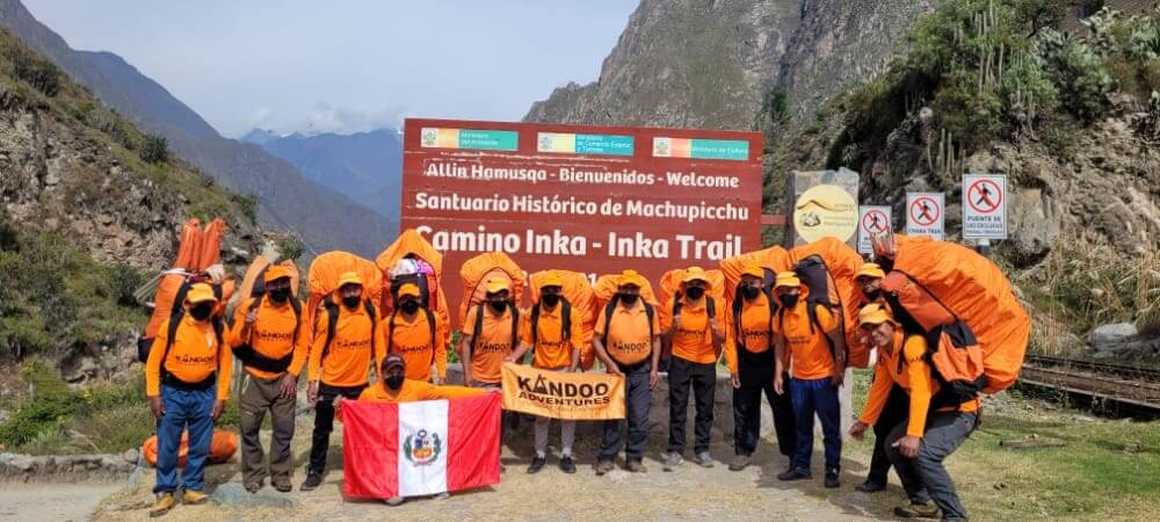
What will I eat on my Peru trek?
As well as fuelling yourself with lots of carbs and
nutritious foods on your trek, you need to stay well hydrated and should drink
between 2-3 litres of water per day. At higher altitudes, keeping well hydrated
is more important than ever as the lower air pressure forces you to breathe
more quickly and deeply, and you lose a lot of water through your lungs. Depending
on your daypack, you may have the option of taking two standard 1 litre water
bottles or a 2 litre hydration bladder. Every morning, our team will fill up
your bottles with water that has been filtered and boiled for drinking.
How to combat altitude sickness in Peru?
All trekkers travelling with Kandoo Adventures will spend at
least a day in Cusco before departing on the trail, giving your body time to
acclimatise. Our routes have been designed to aid your acclimatisation wherever
possible, but the following will also help your body adjust:
- Stay hydrated – drink more water than you think
you need. Even when you do not feel thirsty you should drink at least 2-3
litres of fluid every day while trekking as you can easily become dehydrated at
high altitudes.
- Take your time – you need to keep your
respiration rate low enough to maintain a normal conversation. If you are
panting or breathing hard, you must slow down.
- Diamox – there has been a lot of research on
Diamox that shows it is reasonably helpful in avoiding AMS by speeding up the
acclimatisation process. In the UK it is a prescription drug which must be
prescribed by a doctor. Diamox is taken before you start trekking to prevent
altitude sickness, not once you are on the mountain and symptoms have
developed.
- Coca tea – coca tea is thought to help relieve
the symptoms of altitude sickness. In Cuzco, all the hotels have dried leaves
and hot water available throughout the day so you can make your own tea
whenever you wish. With Kandoo we will take coca leaf tea bags on the trek for
you.
For more information, check out our full guide on altitude
sickness and acclimatisation.
How much should I tip the guides and porters in Peru?
As a guideline, we recommend tipping $20 per day for the
guide, $12 per day for the cook and $5 per day for the porters as total from
the group.
Safety
Is Peru safe to travel to?
Tips and practical information
What is the language of Peru?
Quechua is the second most commonly spoken language followed
by Aymara, and both are also recognised as official languages in the regions
where they are commonly spoken. Quechua originates from the Inca empire and is
one of the Peruvian languages that spread across the country before the Spanish
colonised Peru. Aymara is a language spoken in Peru by people who live around
Lake Titicaca, as well as those who settled along the Peru–Bolivia border.
Other secluded communities also developed their own types of
Peruvian languages, but these are at risk of extinction.
What is the currency of Peru?
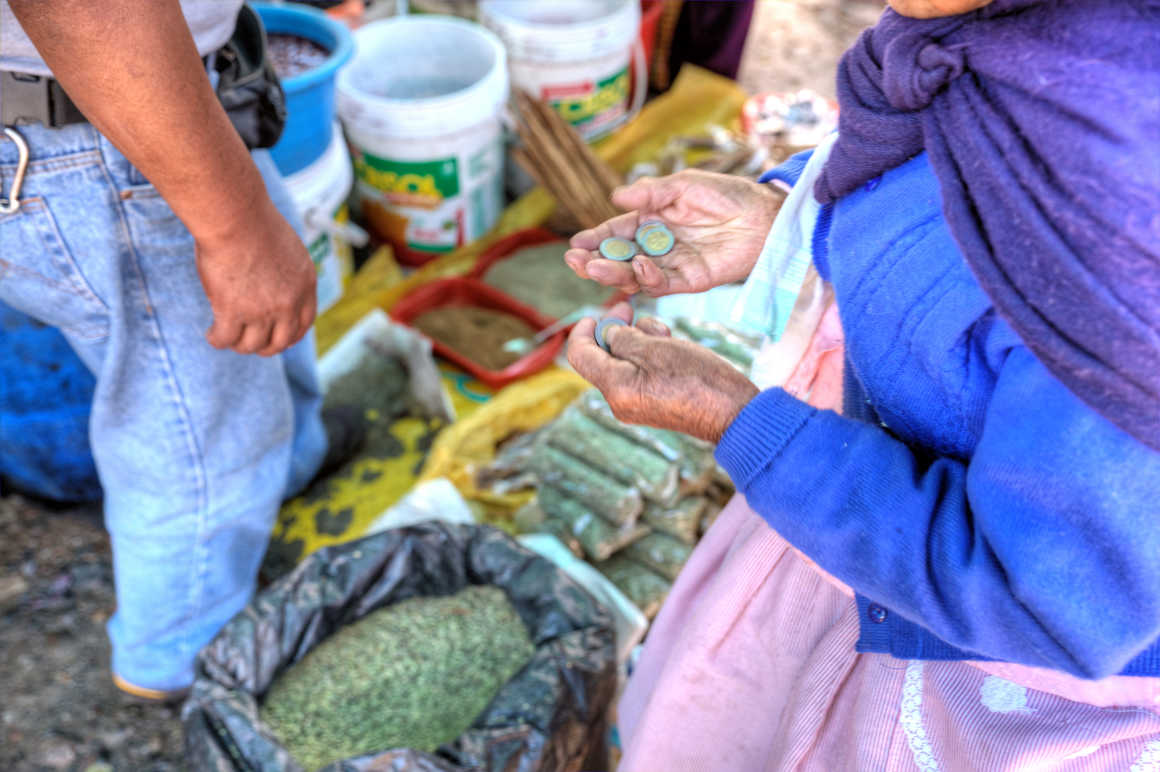
There are notes, or bills, with denominations of 10, 20, 50,
100 and 200 soles. There are also coins of 10, 20 and 50 cents, as well as 1, 2
and 5 soles.
Peru is generally still a cash society, so it is important
to carry enough cash with you for personal expenses. The Peruvian sol can be
purchased in advance, although we recommend requesting small denominations
(10’s, 20’s and 50’s) as the larger notes are more difficult to spend. If you
want to withdraw money when you arrive, ATMs are available in Peruvian towns
and cities, airports and malls, and most major credit cards are accepted.
What plug adapters do I need for Peru?
Peru operates on a 220V supply voltage and 60Hz. As voltage
can differ from country to country, you may need to use a voltage converter or
transformer whilst in Peru. Most voltage converters and transformers come
supplied with plug adapters, so you may not need to buy a separate travel adapter.
All converters and transformers will have a maximum power rating (AMPS or
WATTS) so make sure that any appliance you intend to use does not exceed this
rating.

